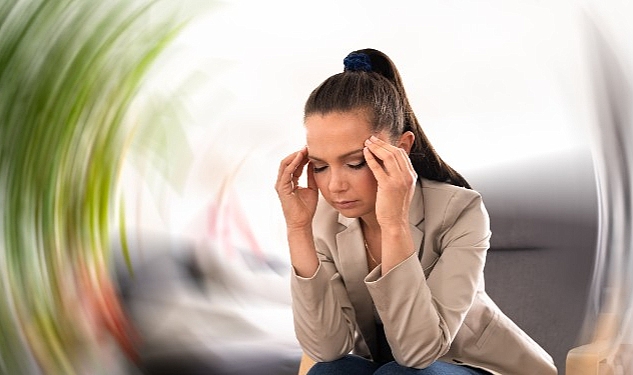
Yeni Yüzyıl University Gaziosmanpaşa Hospital ENT Department Head Prof. Dr. Yıldırım Ahmet Bayazıt said that in addition to many health problems that occur in traumas after the earthquake, balance problems, dizziness and shaking may also occur.
It is known that different health problems occur in many people due to natural disasters such as earthquakes. The first health problems that come to mind are; physical traumas, injuries and infectious diseases come to mind. However, it is known that different somatic and psychosomatic problems occur in the early, medium and long term. Among these problems, body and headaches, insomnia, post-traumatic stress syndrome, anxiety disorders and balance problems are the most known ones.
Vertigo and dizziness are among the balance problems encountered after an earthquake. Dizziness is a more common problem, while post-earthquake vertigo is less common. In the following few months after severe earthquakes, an increase is observed in the number of applications to health institutions due to balance problems. The reason for this increase is the problem defined as post-earthquake dizziness syndrome (DSDS).
DSDS occurs in people who have not had any balance problems before. The person often perceives an illusion as if his body is leaning sideways. This sensation usually lasts less than a minute and is repetitive.
DSDS is not only due to psychosomatic causes. The autonomic nervous system disorder that develops in the earthquake survivor plays a role in the process and triggers a condition similar to motion sickness.
In the psychosomatic mechanism, the anxiety disorder that occurs in the earthquake victim affects the vestibular functions associated with the inner ear, causing the illusion of lateral shifting. The reason for the imbalance in the mechanism related to the autonomic nervous system is the misinterpretation of the motion perception by the organs related to balance and the coordination mismatch.
Earthquake survivors have problems maintaining their posture, that is, standing still. There may be feelings of startle. There are balance problems such as phobic postural vertigo or persistent postural perceptual dizziness (PPPD). In summary, dizziness occurs when the person is standing, moving or following moving objects. Some earthquake survivors may also have positional vertigo attacks, which is known as slipping of ear crystals among the people.
If the earthquake victim has a previous disease with vertigo, such as Meniere’s and migraine, the severity of this disease may increase. In fact, 5% of these people may develop depression.
The intensity of DSDS is directly proportional to the intensity and duration of the earthquake. The main shaking of the earthquake causes DSDS in one out of every two people. This rate increases by 25% in the second tremor and 10-15% in the aftershocks. Women, thirties and forties age groups, those who are exposed to earthquakes on high floors are more affected.
There is no specific treatment for DSDS. It usually subsides over months or years and gets better on its own. If necessary, personalized treatment options are offered. Social support is an important factor that shortens the healing process.
Source: (BYZHA) – Beyaz News Agency

